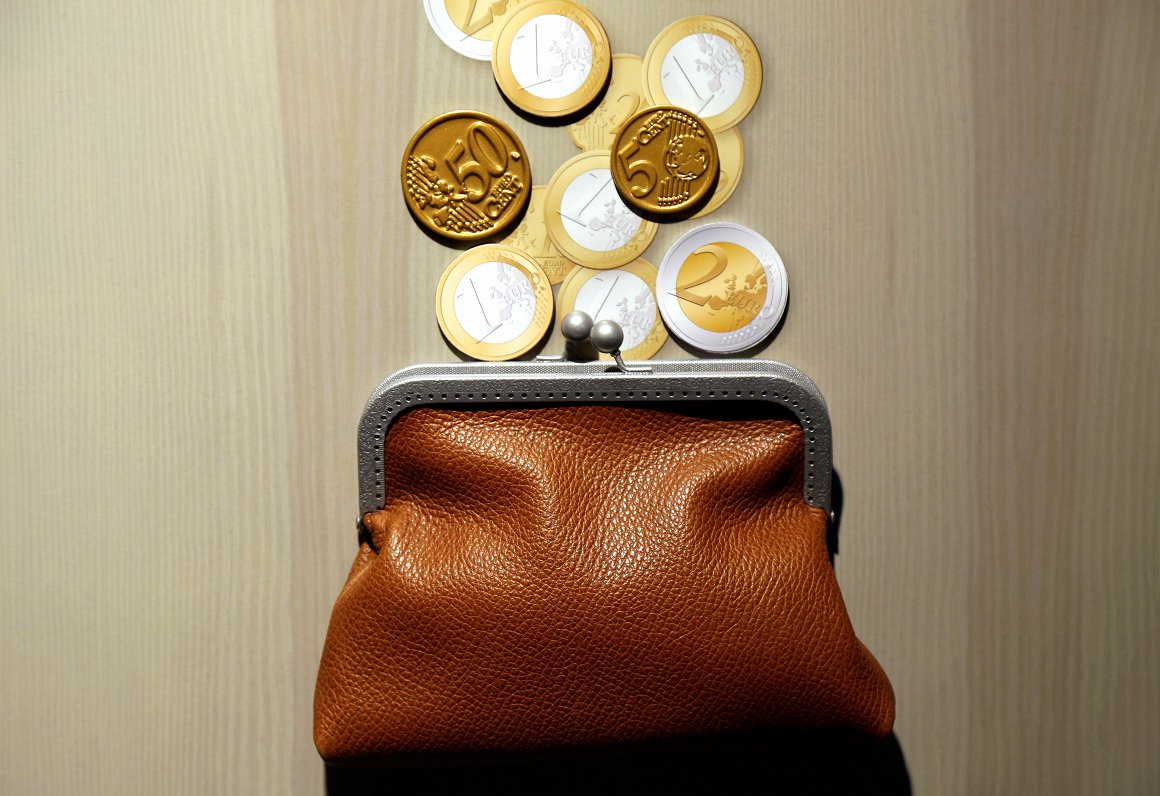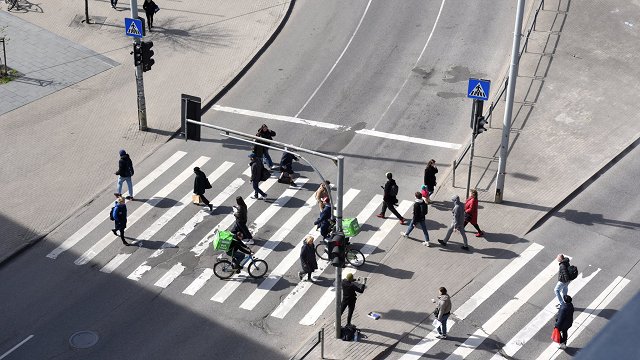The upturn was steeper than that registered in 2021 when population income grew by 7.6 %.
The highest household disposable income was recorded in Riga where it reached EUR 860 per household member monthly. In Pierīga it amounted to EUR 845, in Zemgale to EUR 664 and in Kurzeme to EUR 634 per household member monthly. The lowest disposable income was registered in Vidzeme and Latgale – EUR 601 and EUR 536 per household member monthly, respectively. In urban areas monthly income per one household member reached EUR 777 and in rural areas EUR 651.
Disposable income of couples with three or more children rose by 23.0 % (from EUR 508 to 625 per household member monthly). Income in other households with children went up slower: income of couples with one child by 7.0 % (from EUR 788 to 843 monthly), of couples with two children by 6.8 % (from EUR 646 to 690), and of one adult with children by 4.3 % (from EUR 507 to 529).
Income in one-person households rose by 5.0 % (from EUR 766 to 804 monthly): of lone people aged 65+ by 11.8 % and of lone people aged 64 and under by 4.2 %.
Last year, employee income made 69.0 % of the Latvian household disposable income, social transfers 25.4 %, and self-employment income as well as other income 5.6 %.
In 2022, the monthly income per household member in the poorest households (belonging to the first income quintile group) amounted to EUR 262 while in the richest households (fifth group) to EUR 1 592. In the average income level households it varied between EUR 461 (in second group) and EUR 869 (in fourth group). The steepest income rise was observed in the poorest households: by 12.9 % in the first and by 11.9 % in the second income quintile group. Income in other households rose slightly slower.
Regardless of a smaller income rise in the richest households (fifth group), income inequality remained high. In 2022, income of the richest population exceeded that of the poorest population 6.2 times (6.3 times in 2021). In addition, last year Gini coefficient was 34.0 % (34.3 % in 2021).
Compared to other European Union (EU) countries6, income inequality in Latvia remains high. The latest data available show that Latvia had the third highest Gini coefficient in the EU. In 2021 higher coefficient was registered only in Bulgaria (38.4 %) and Lithuania (36.2 %). Quintile share ratio was the third highest in the EU as well. Higher ratio was also recorded in Bulgaria (7.3) and Lithuania (6.4).





























